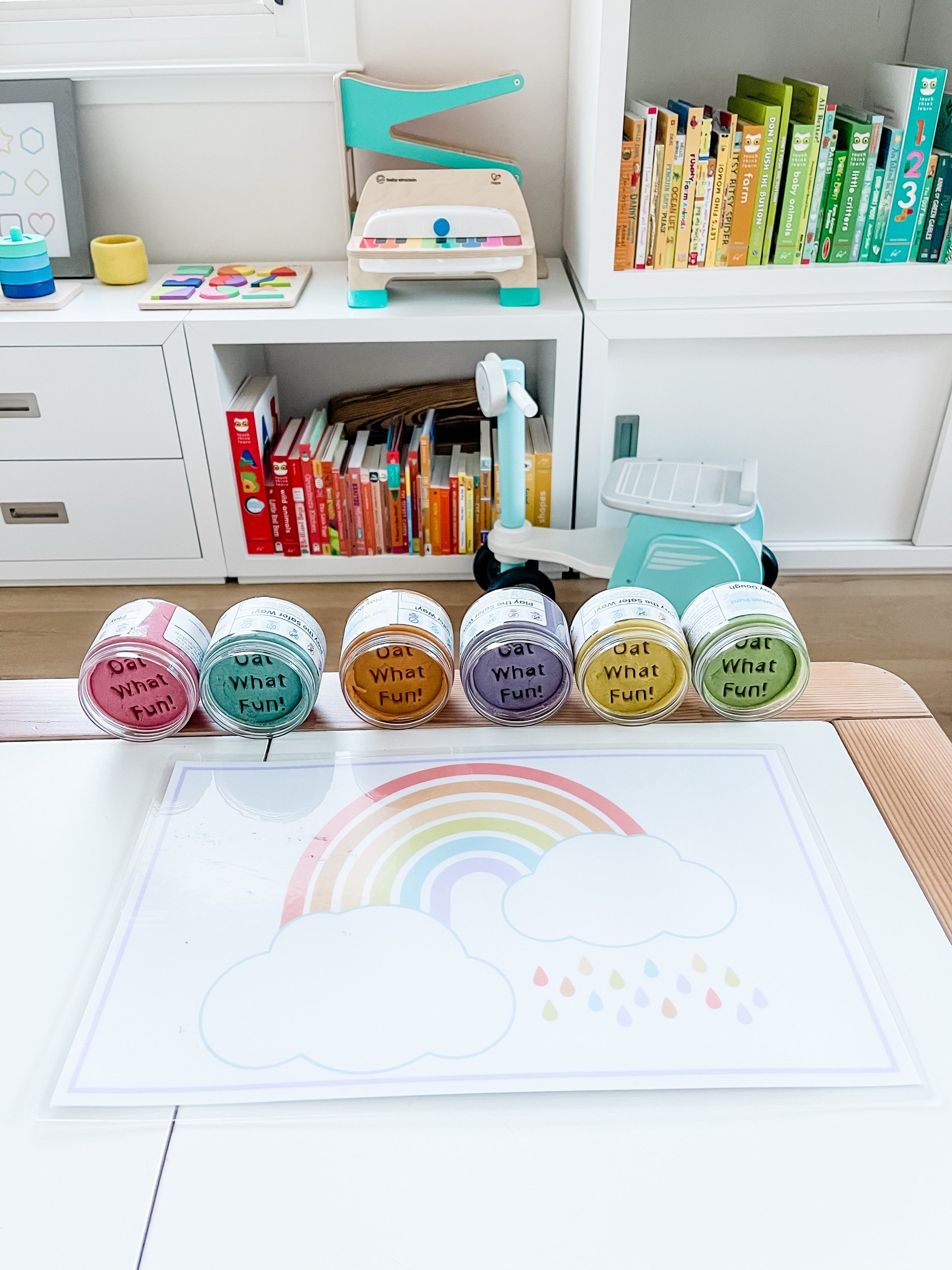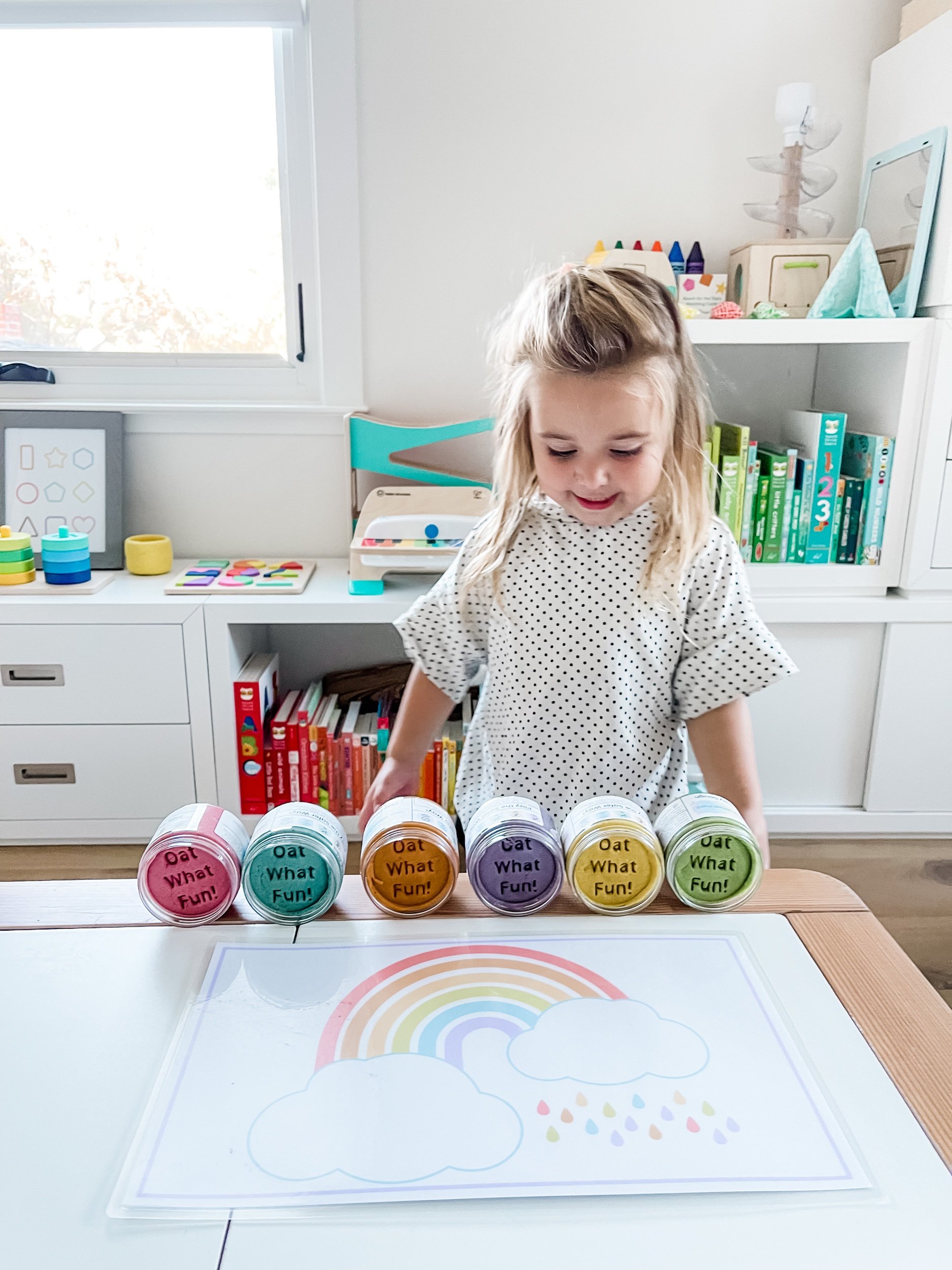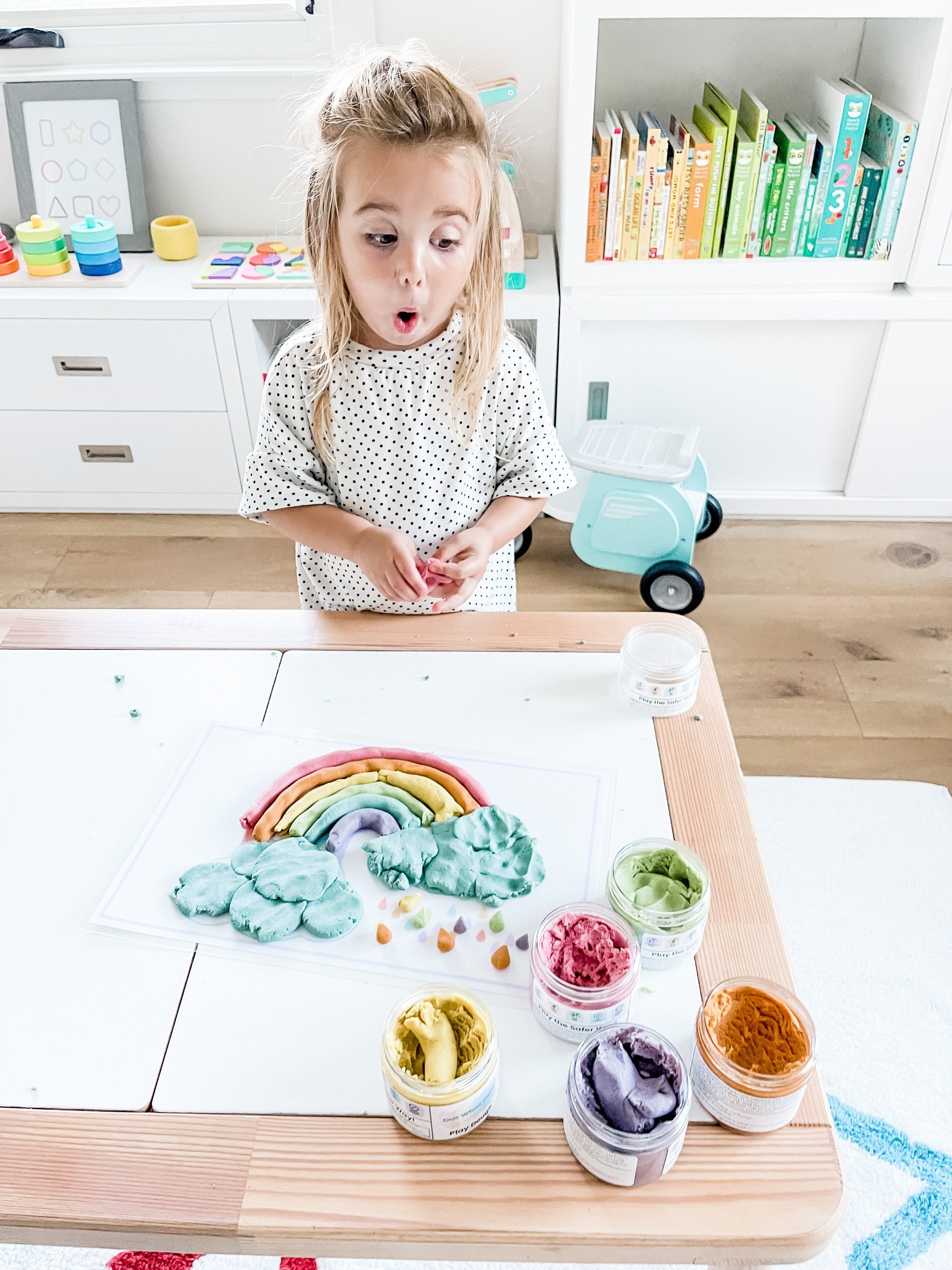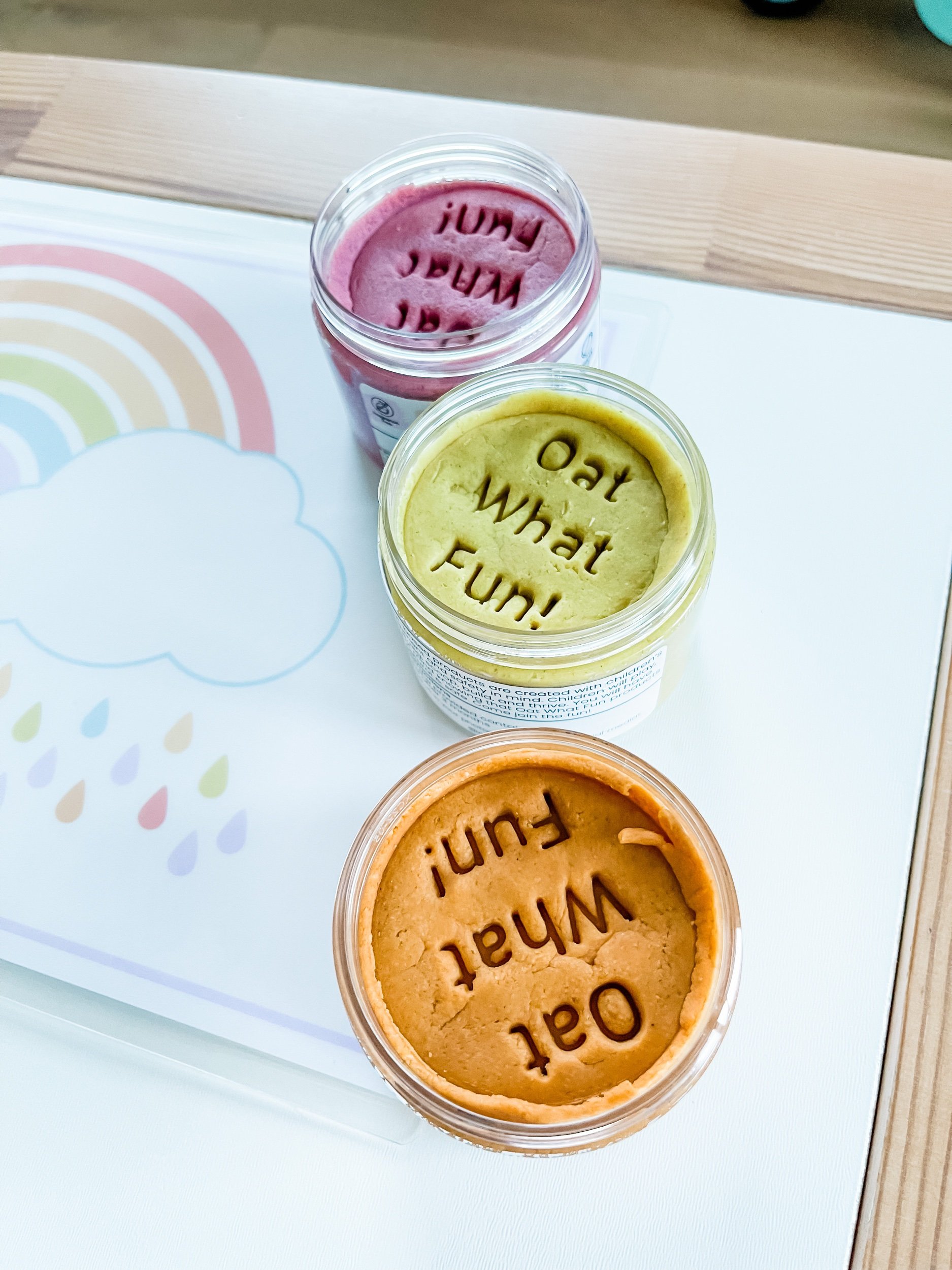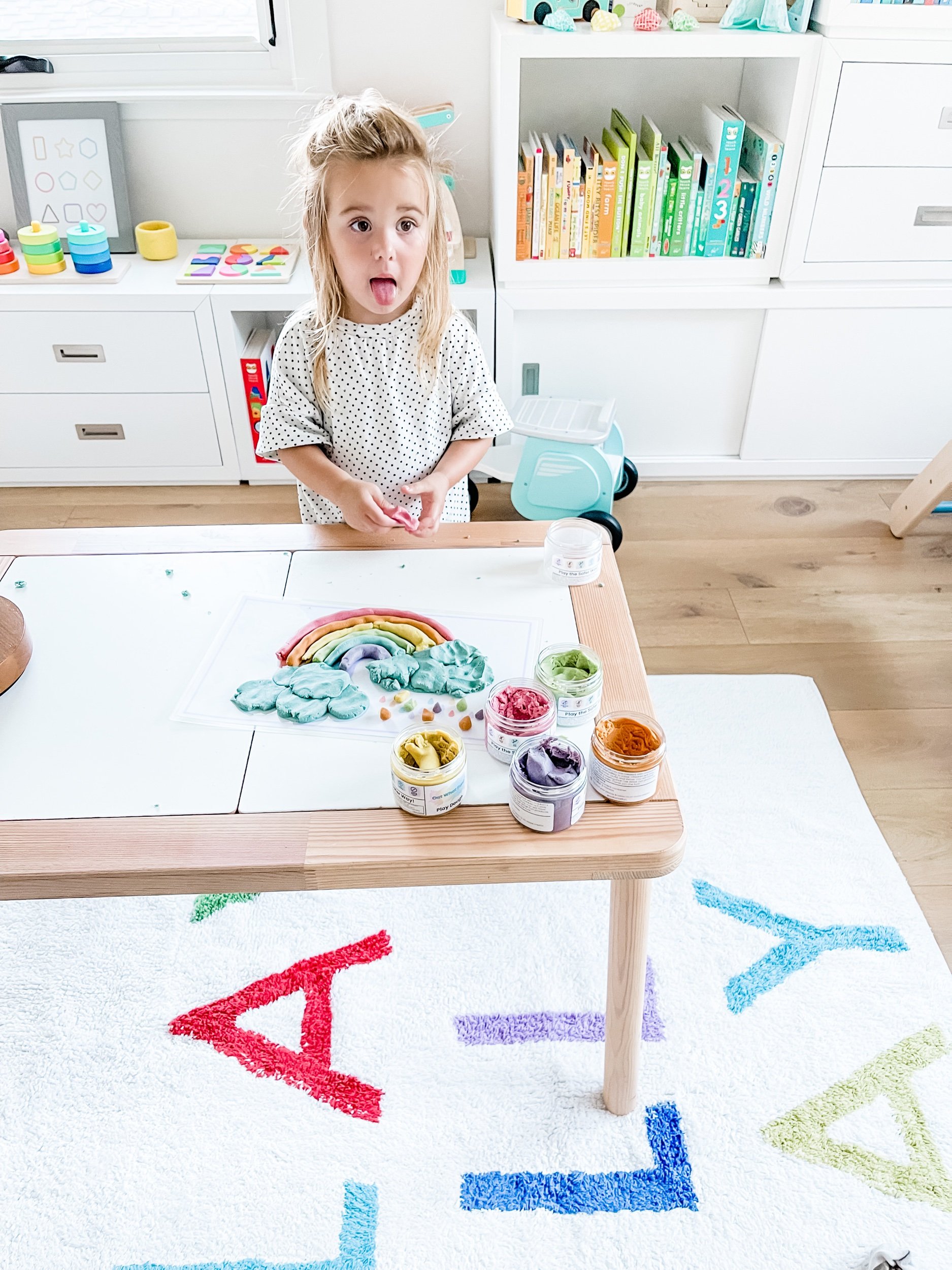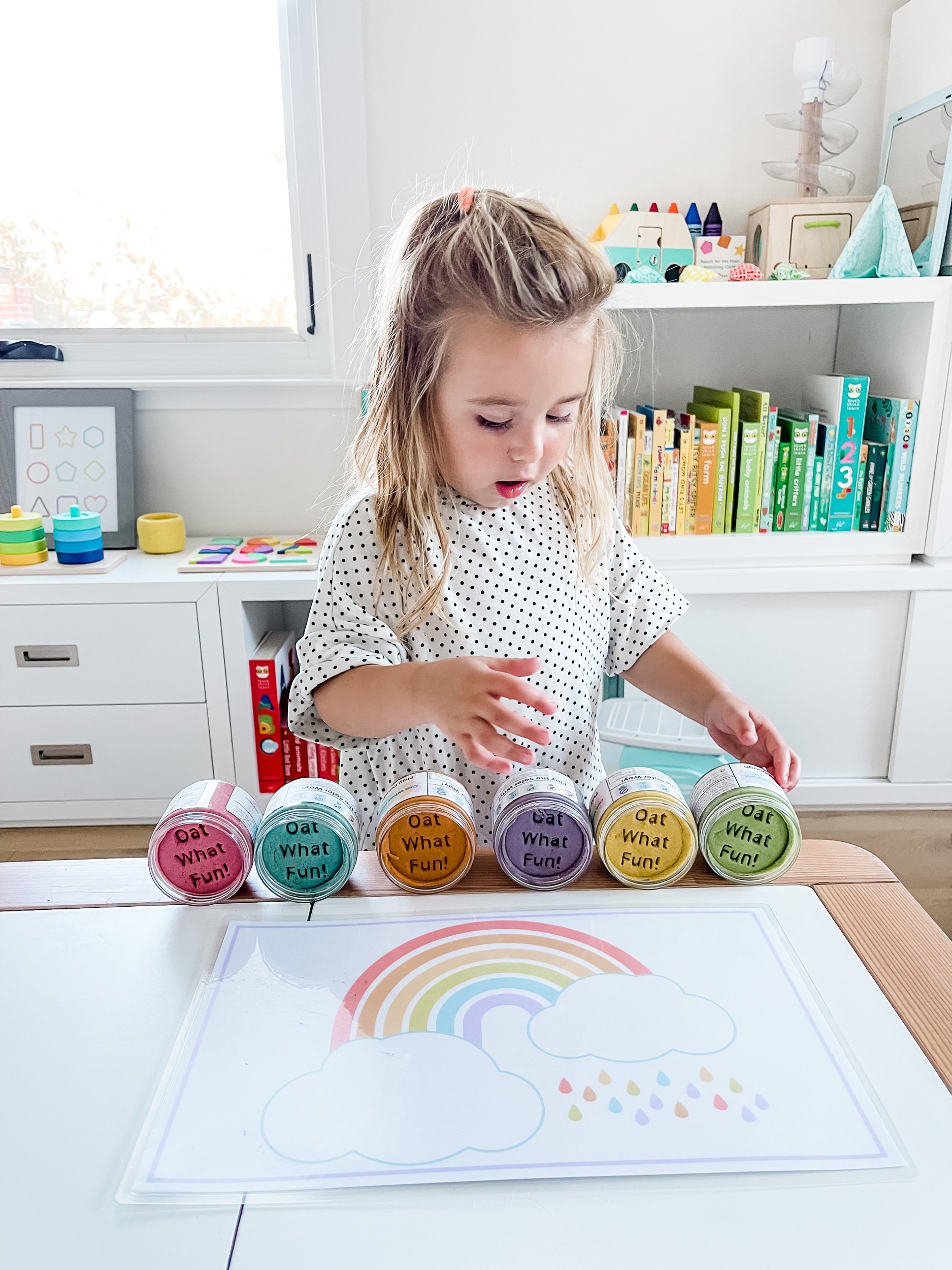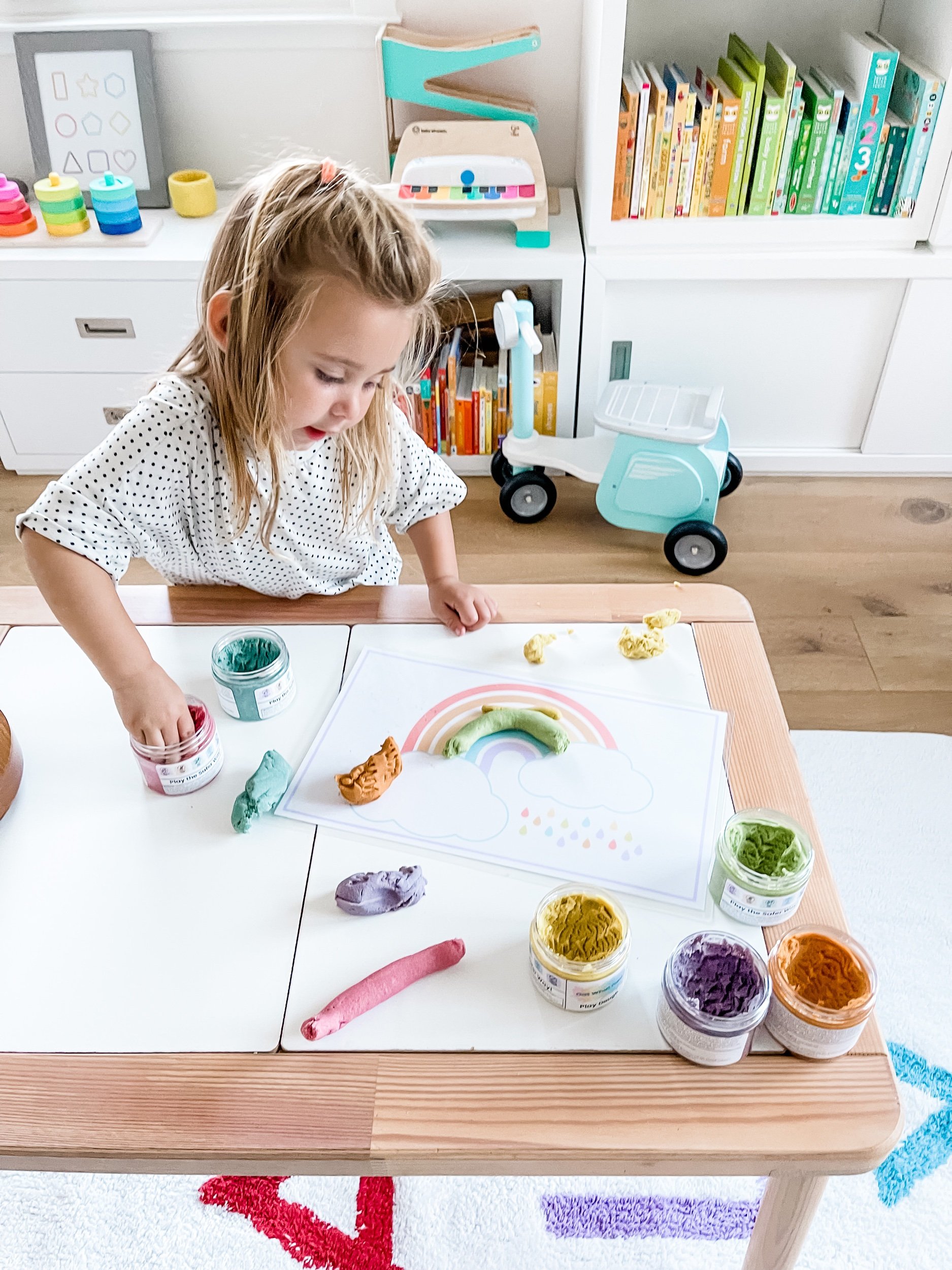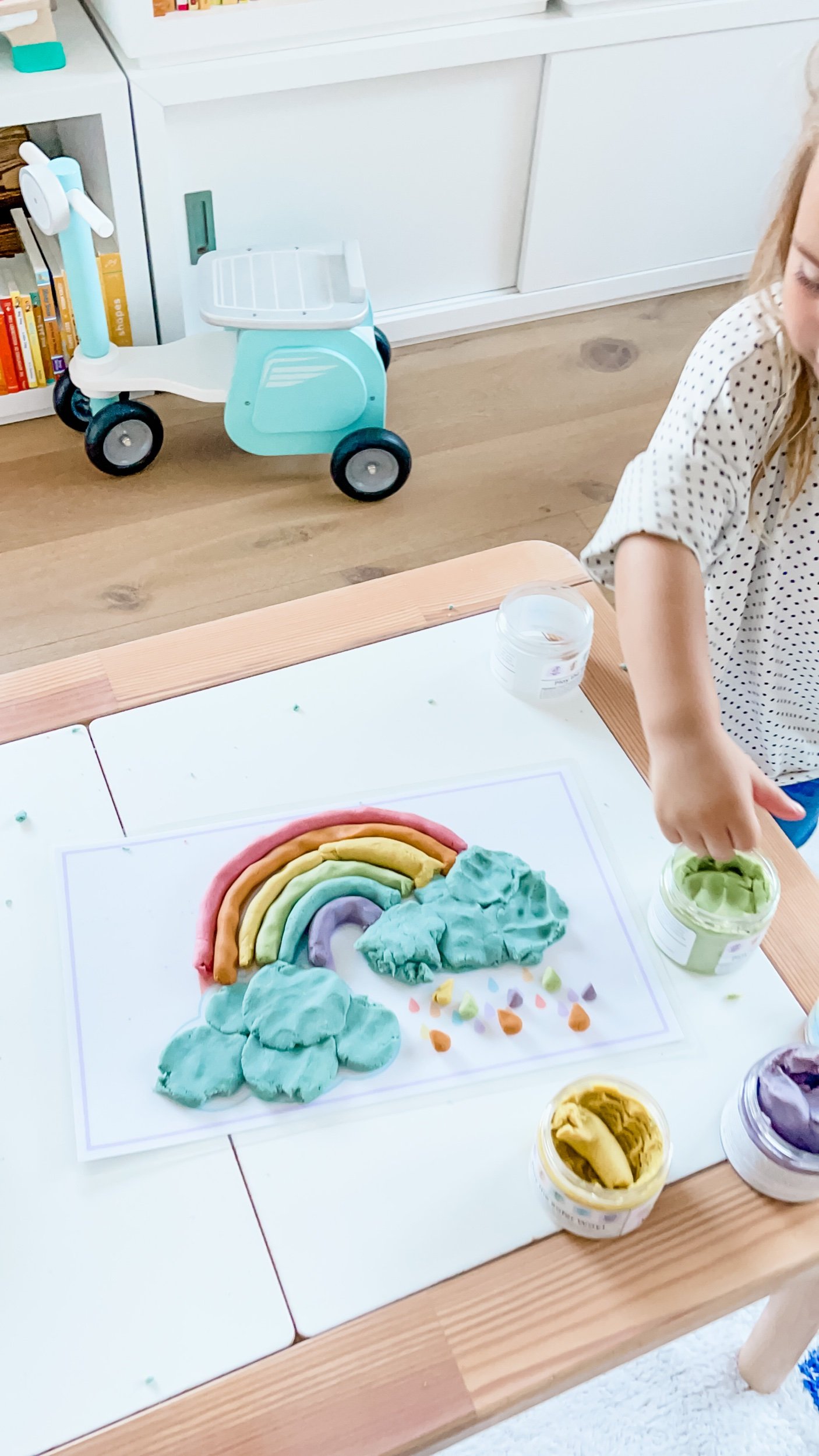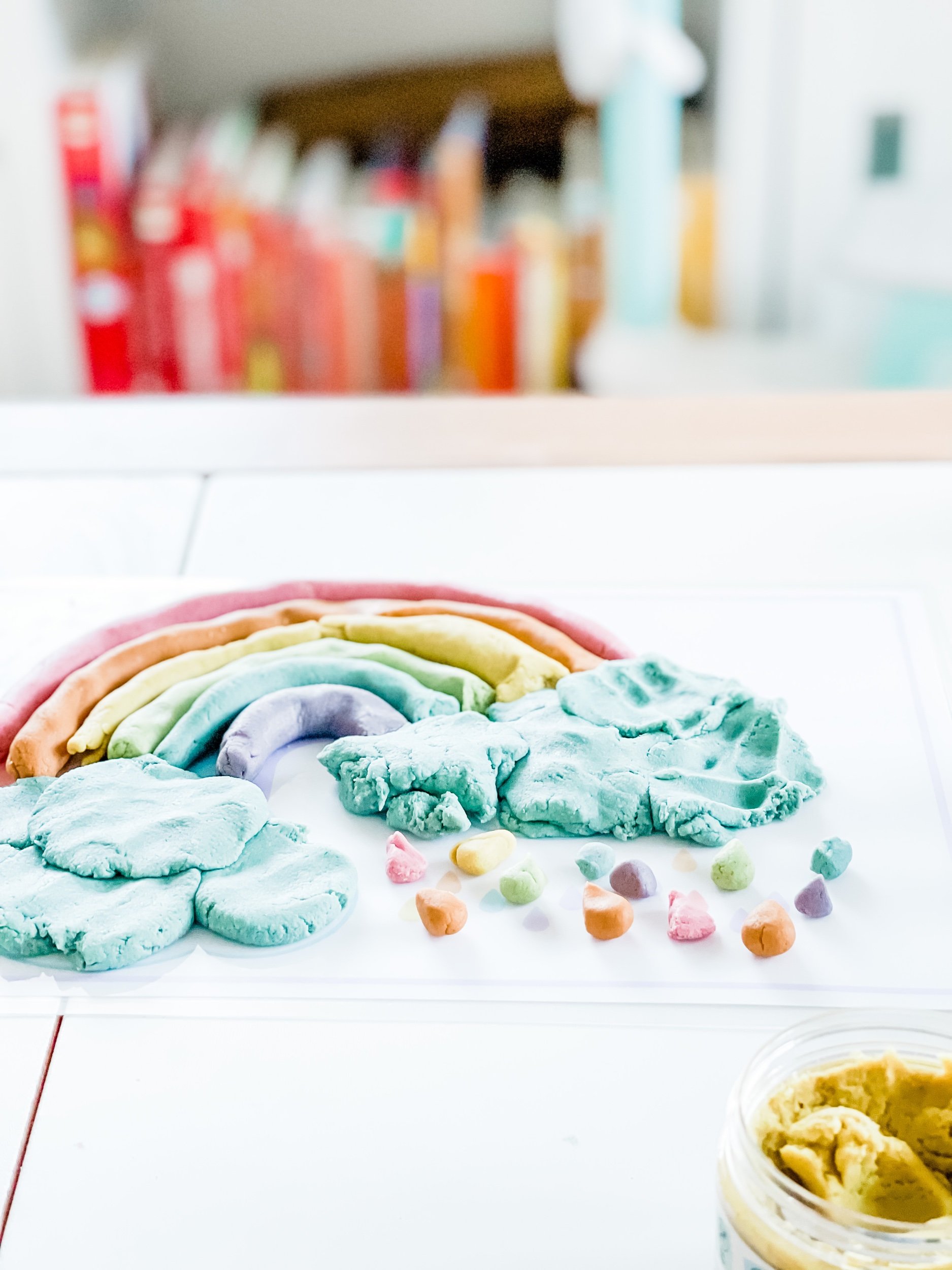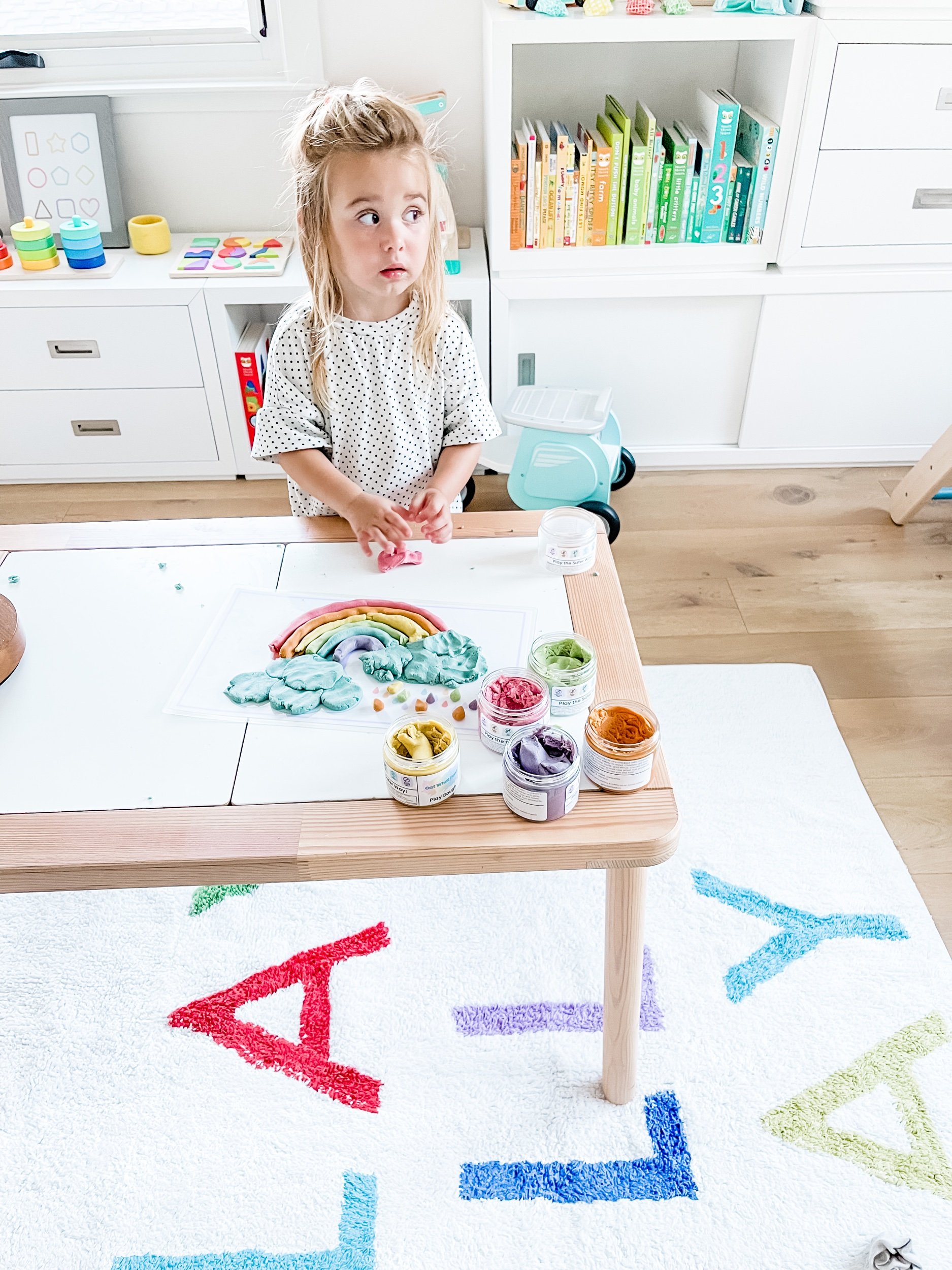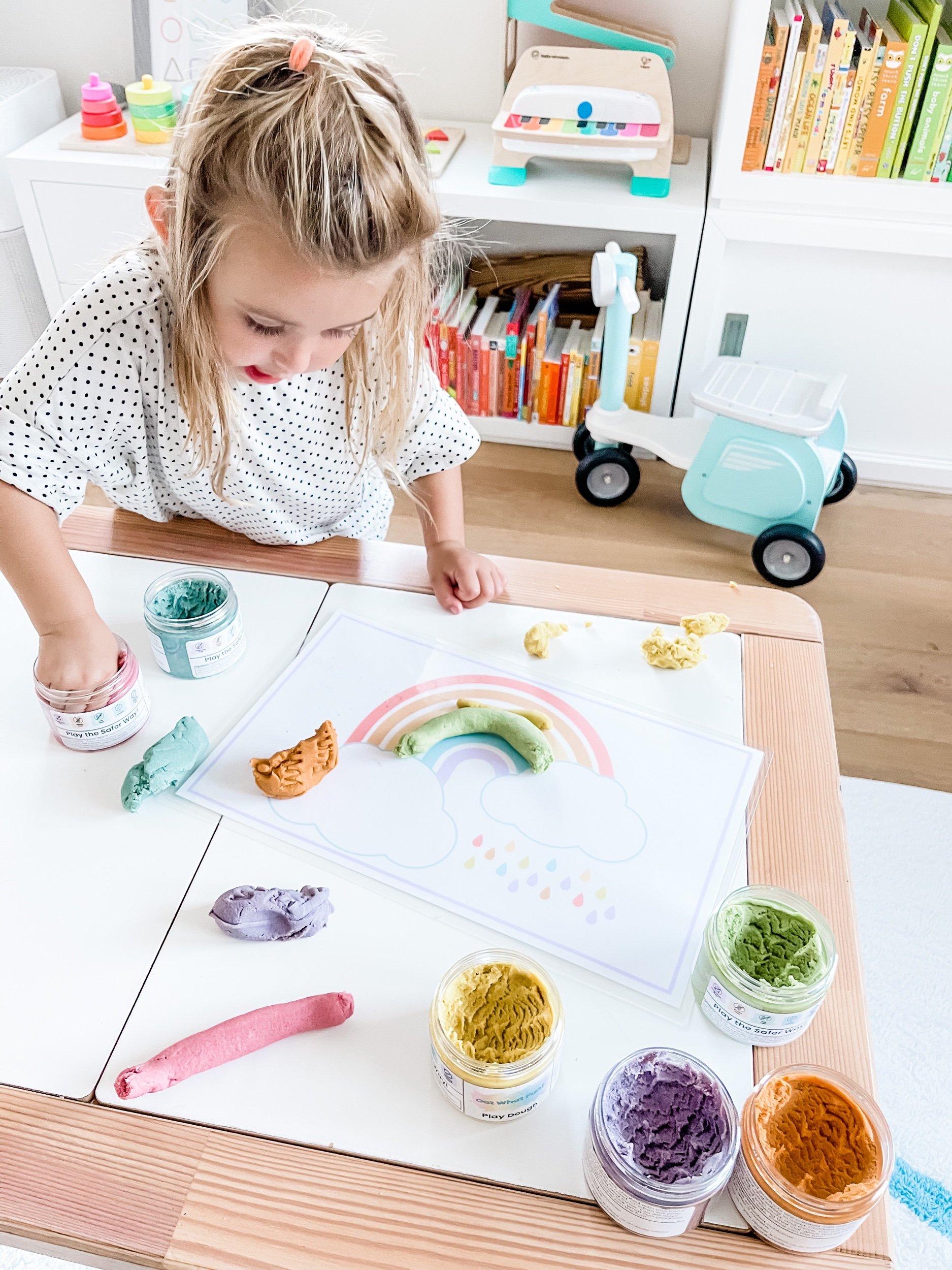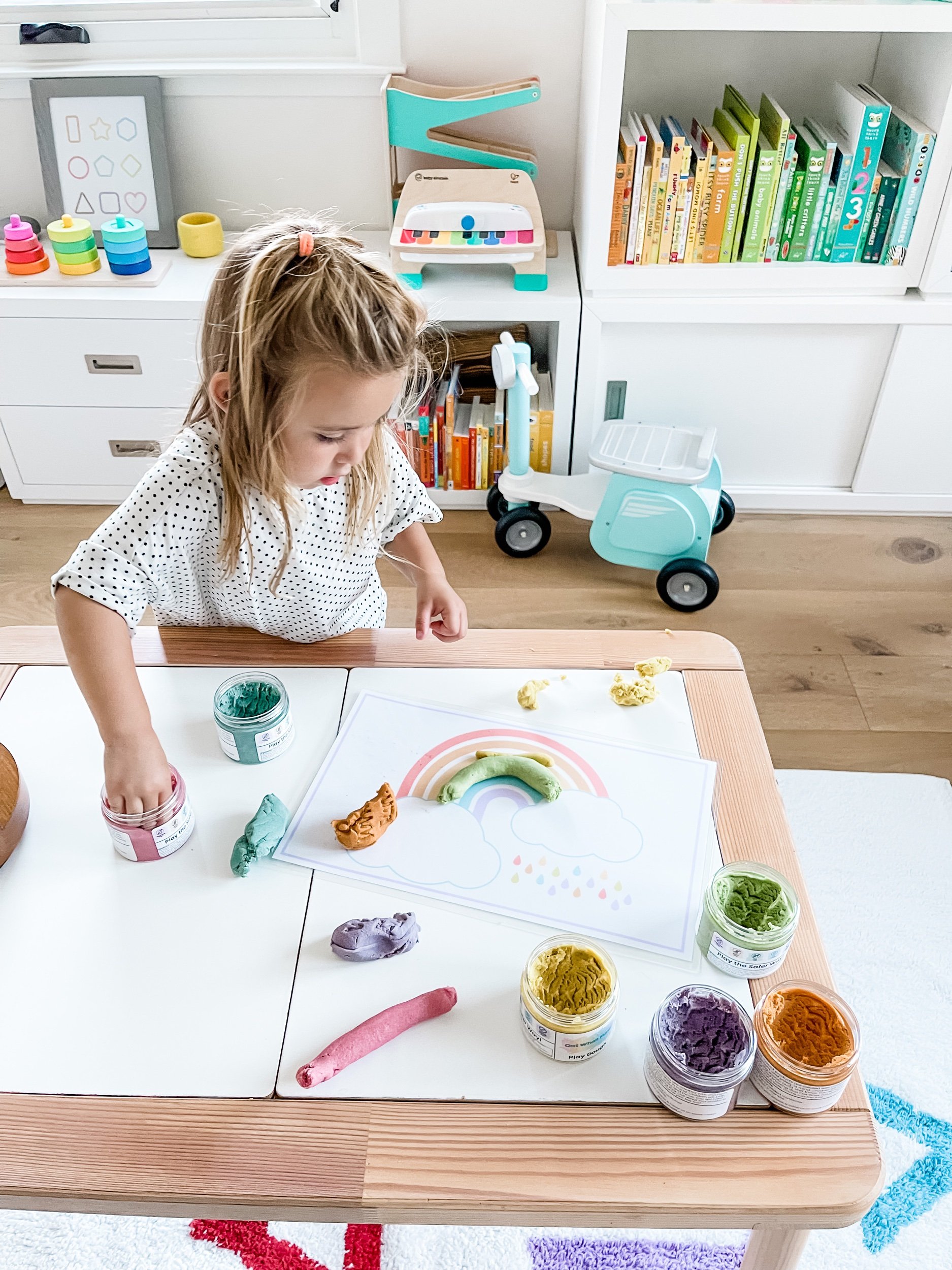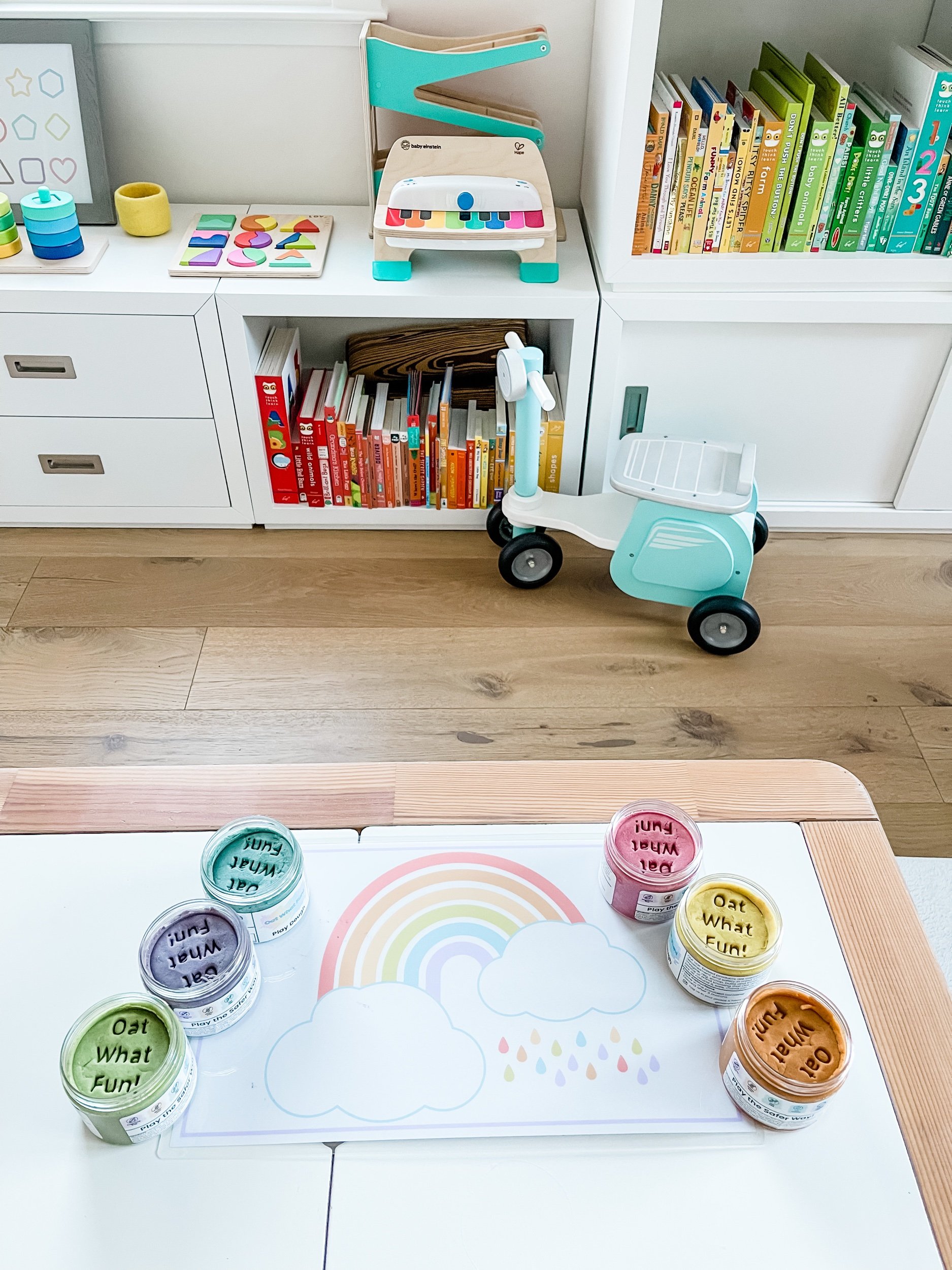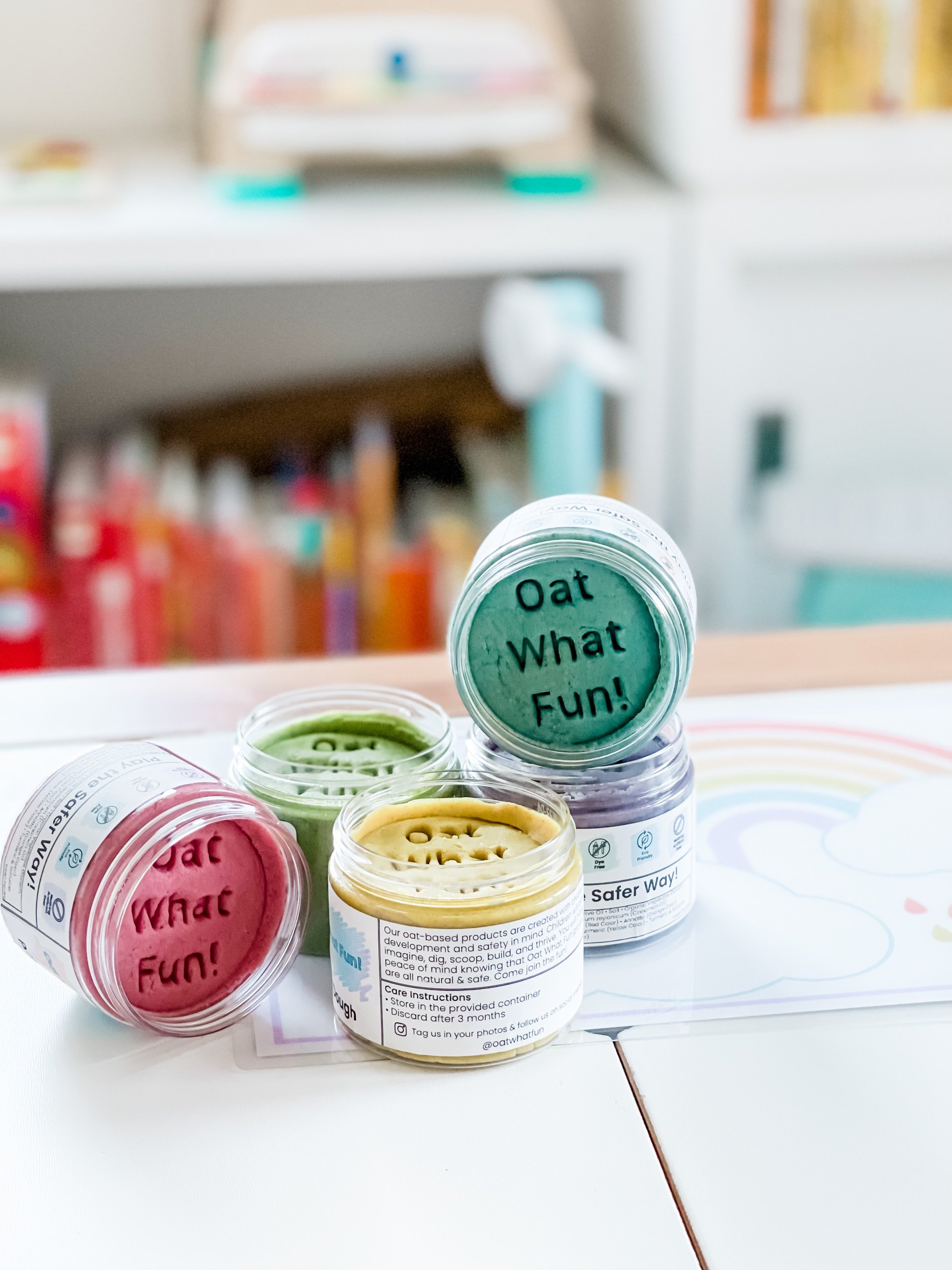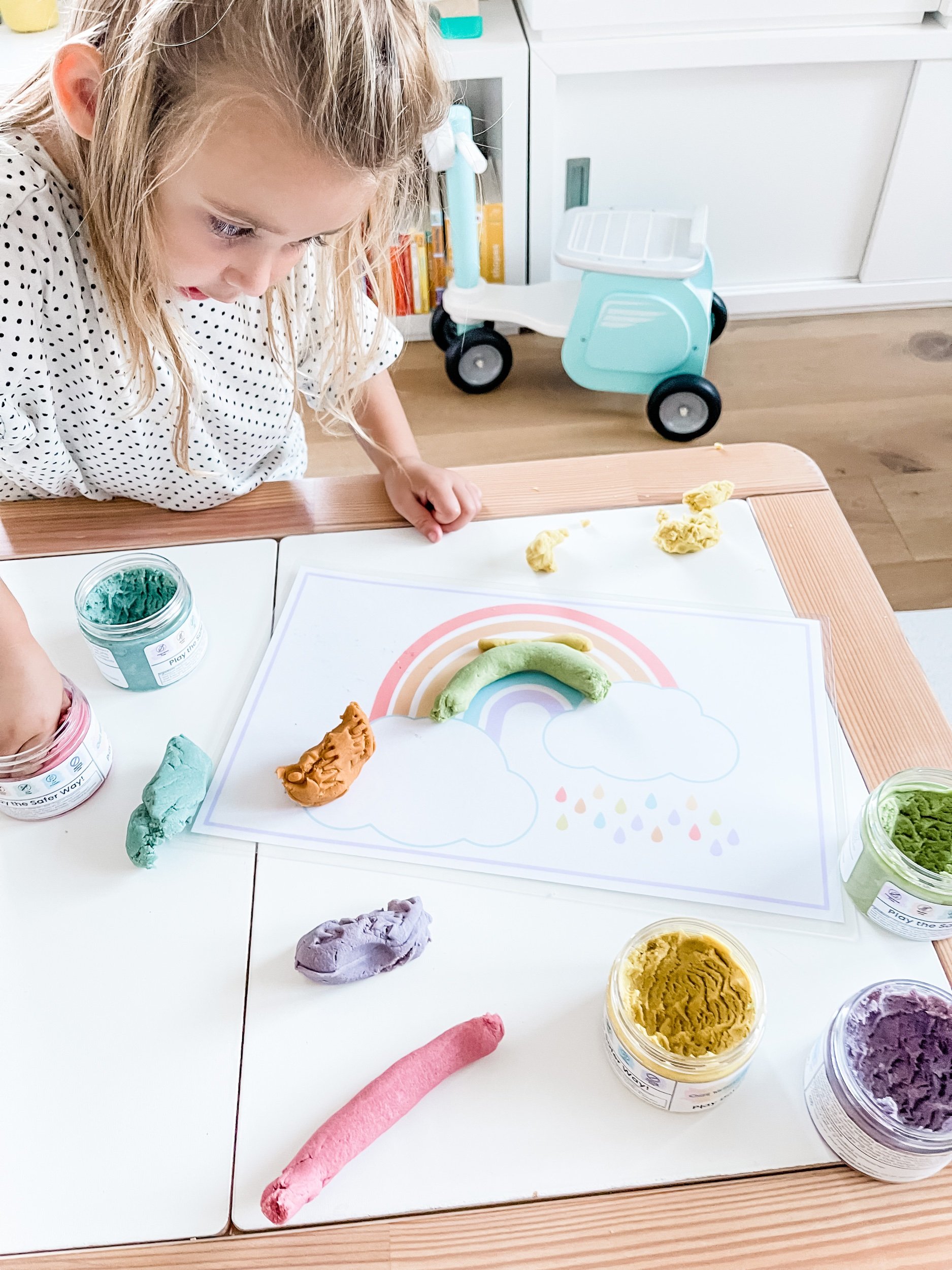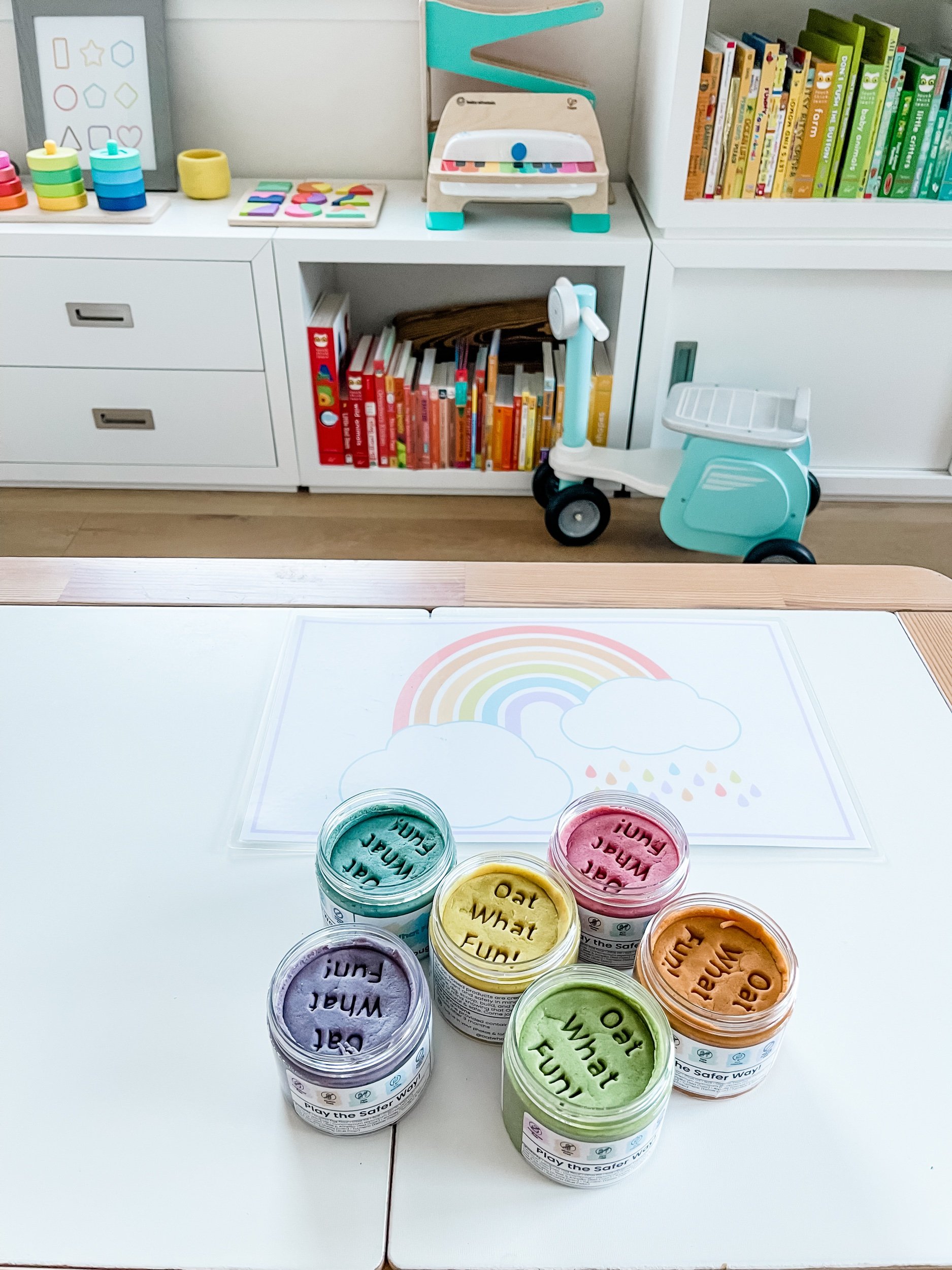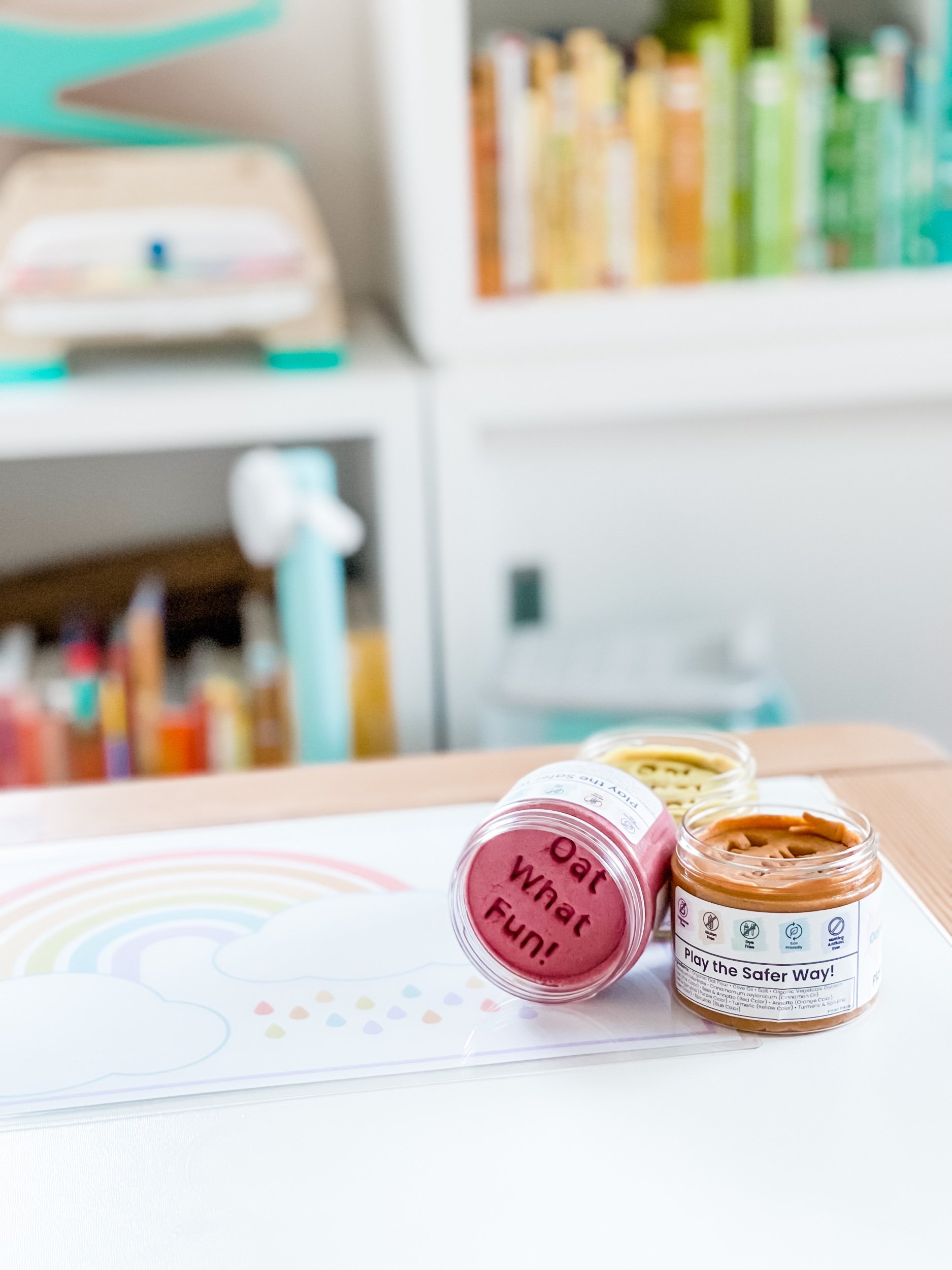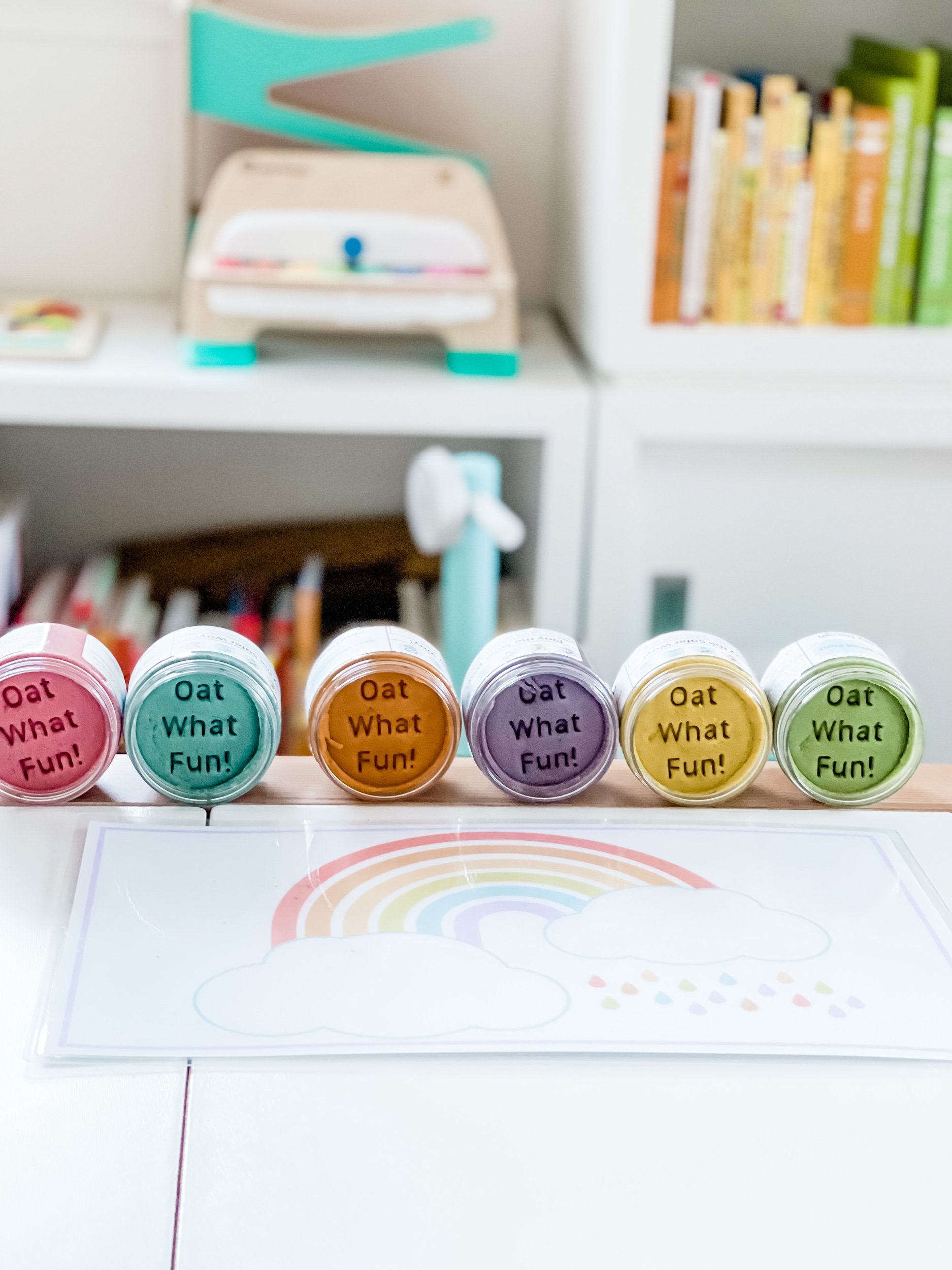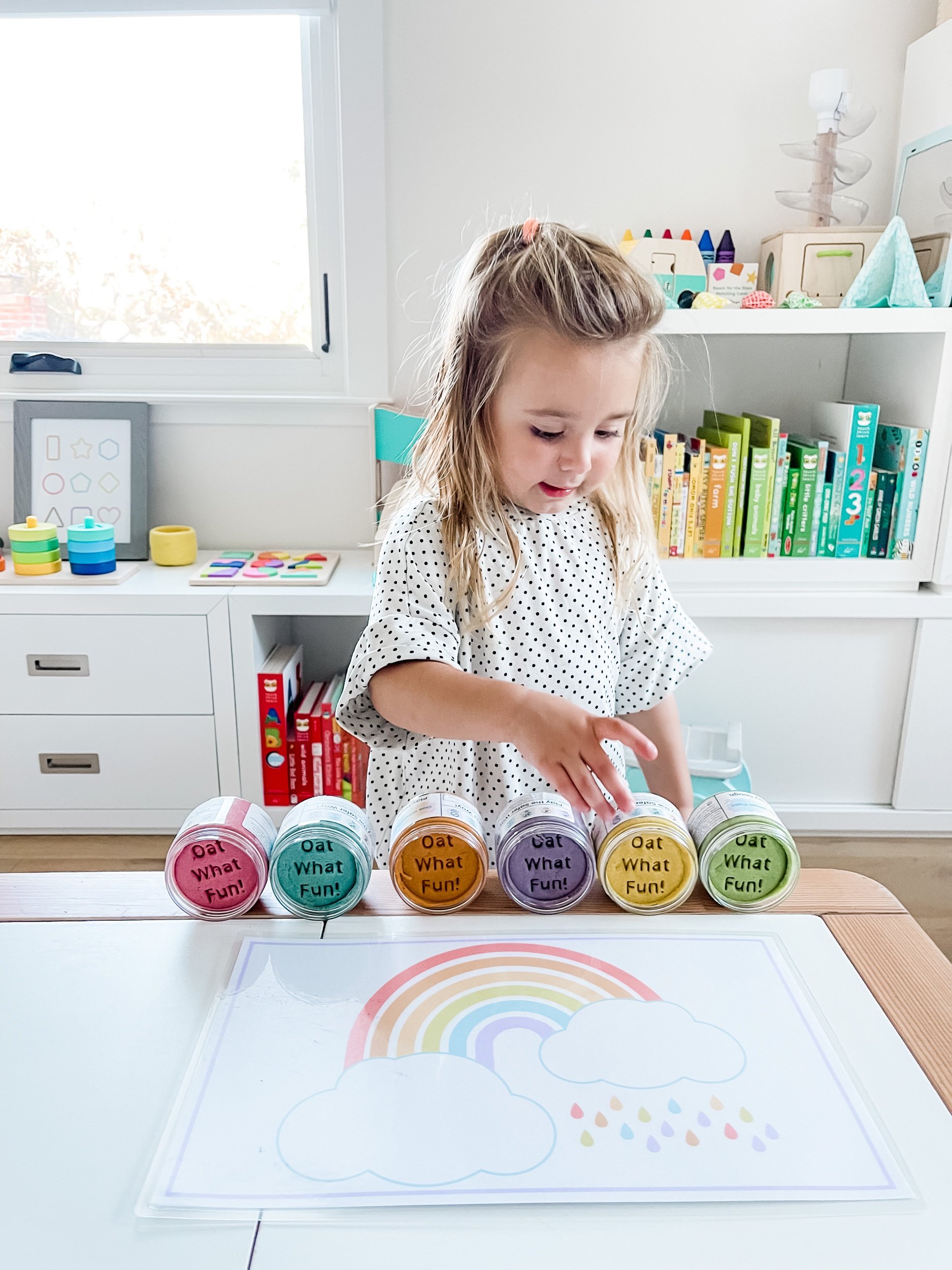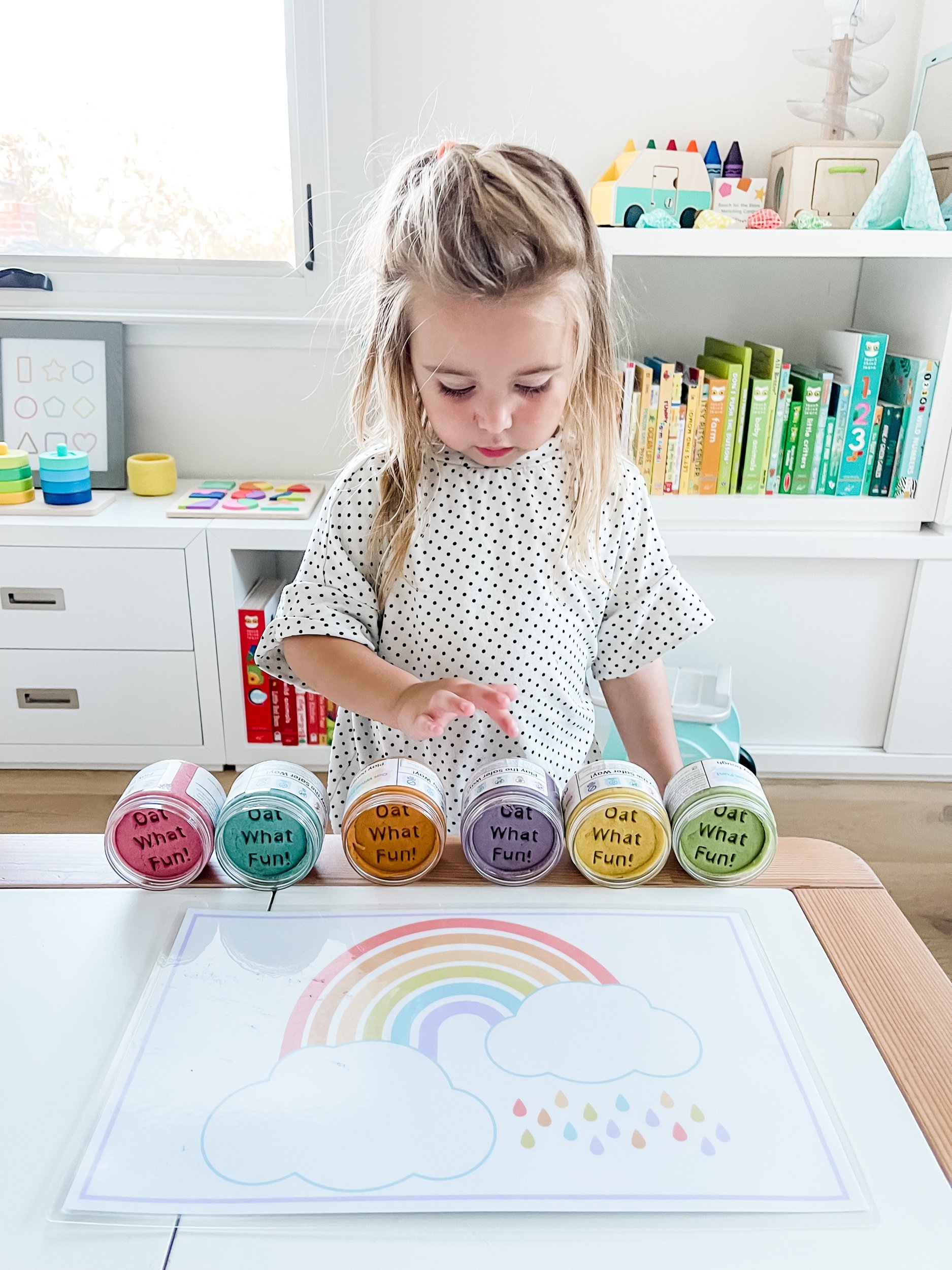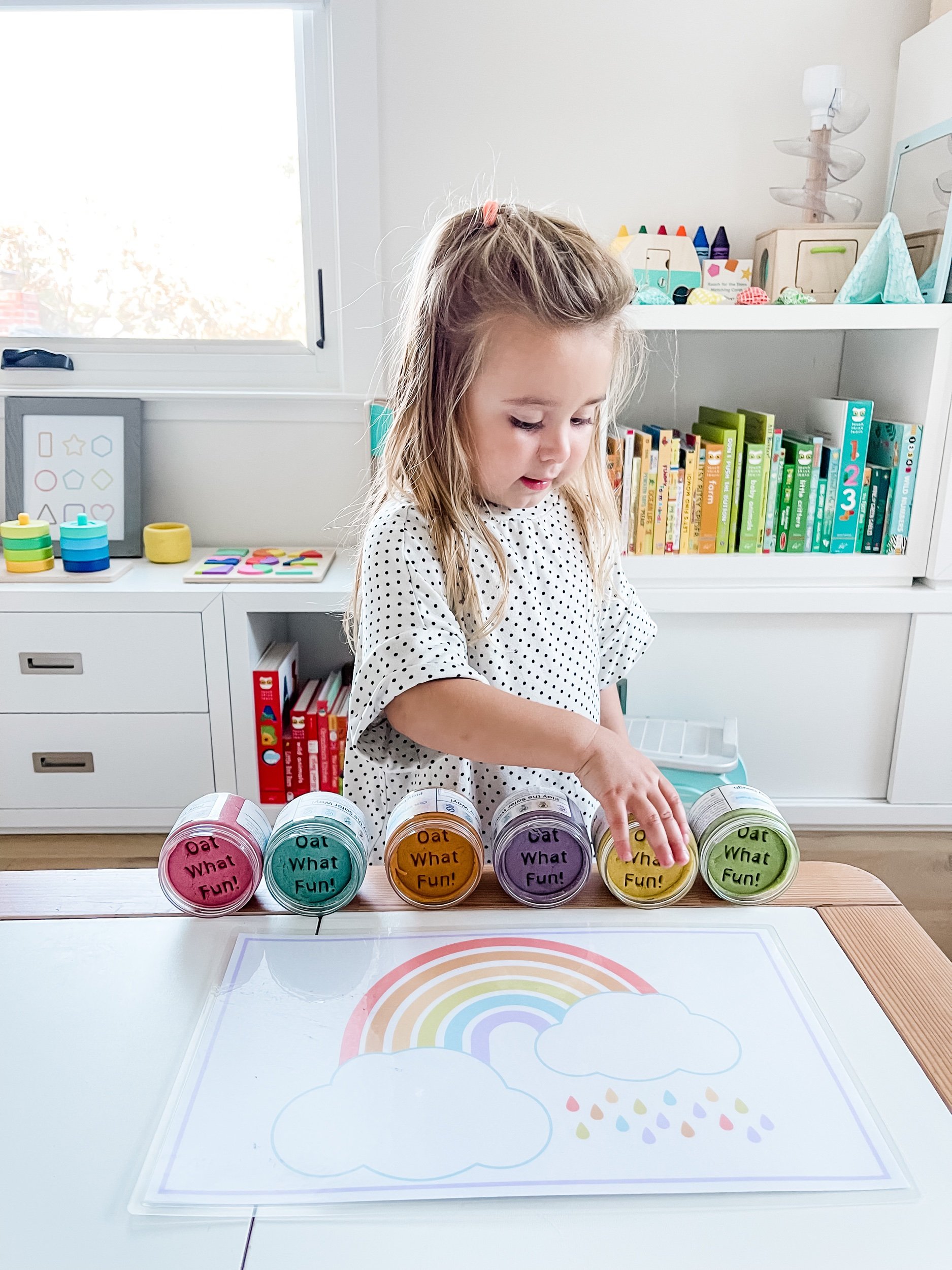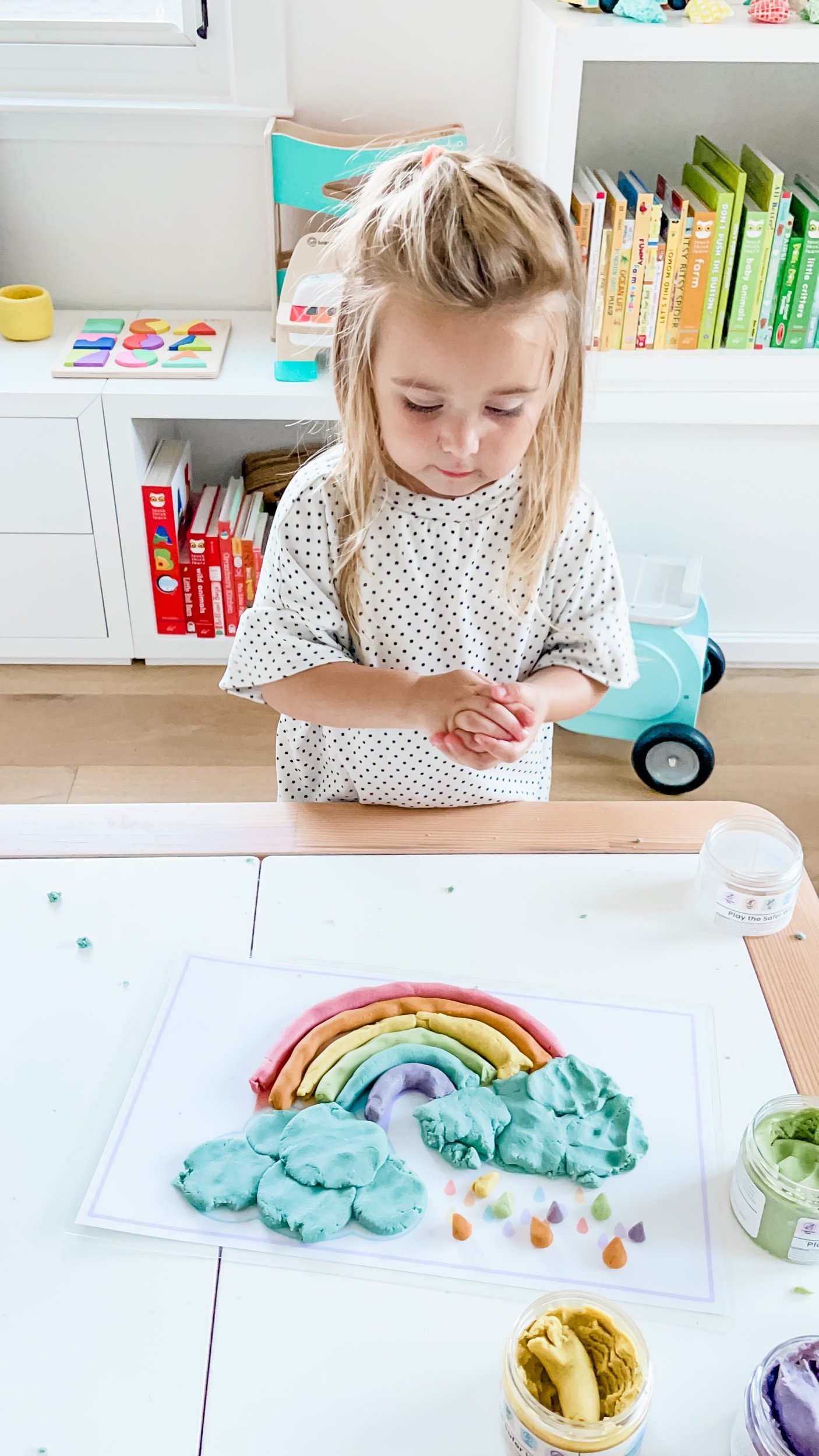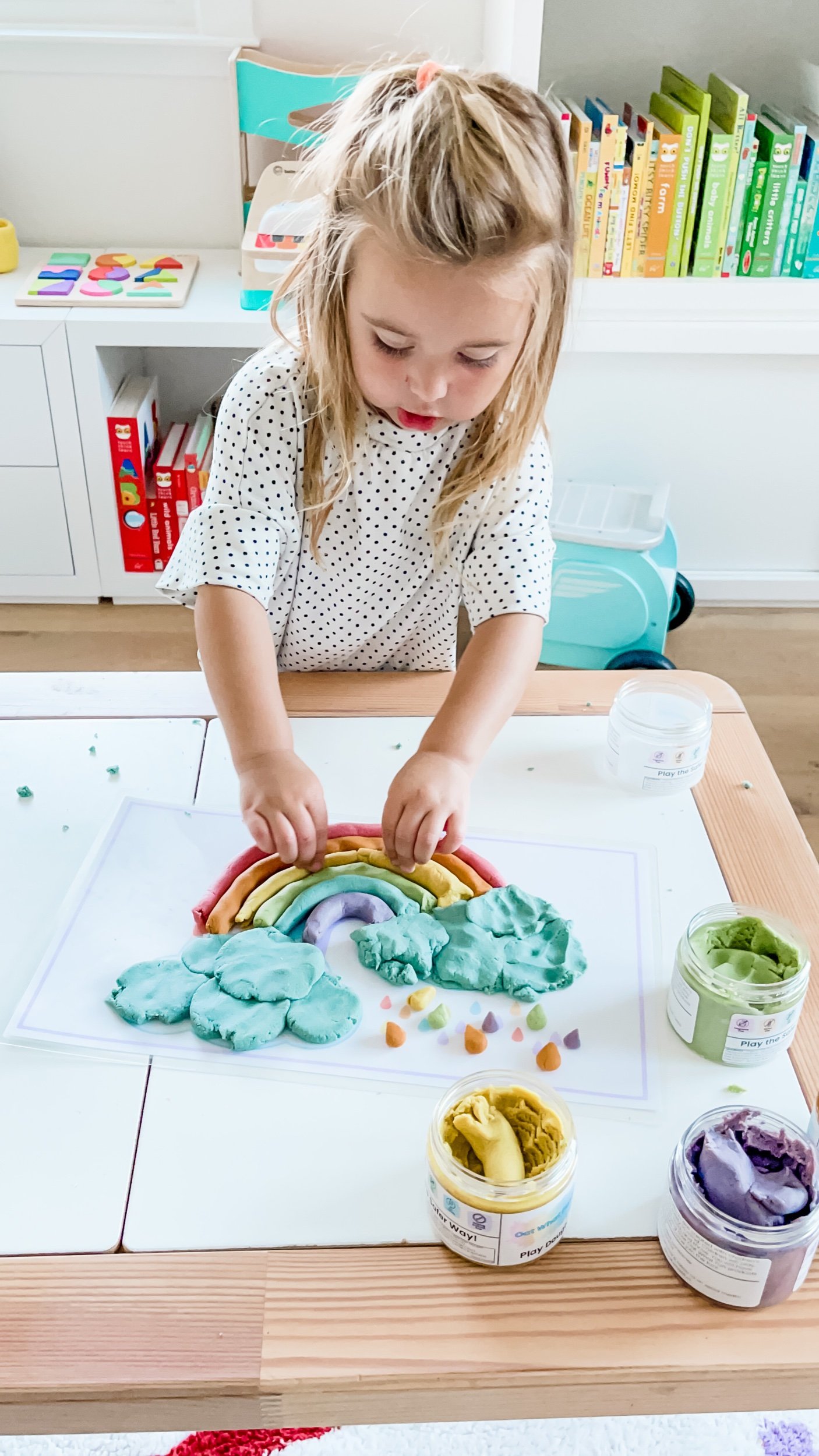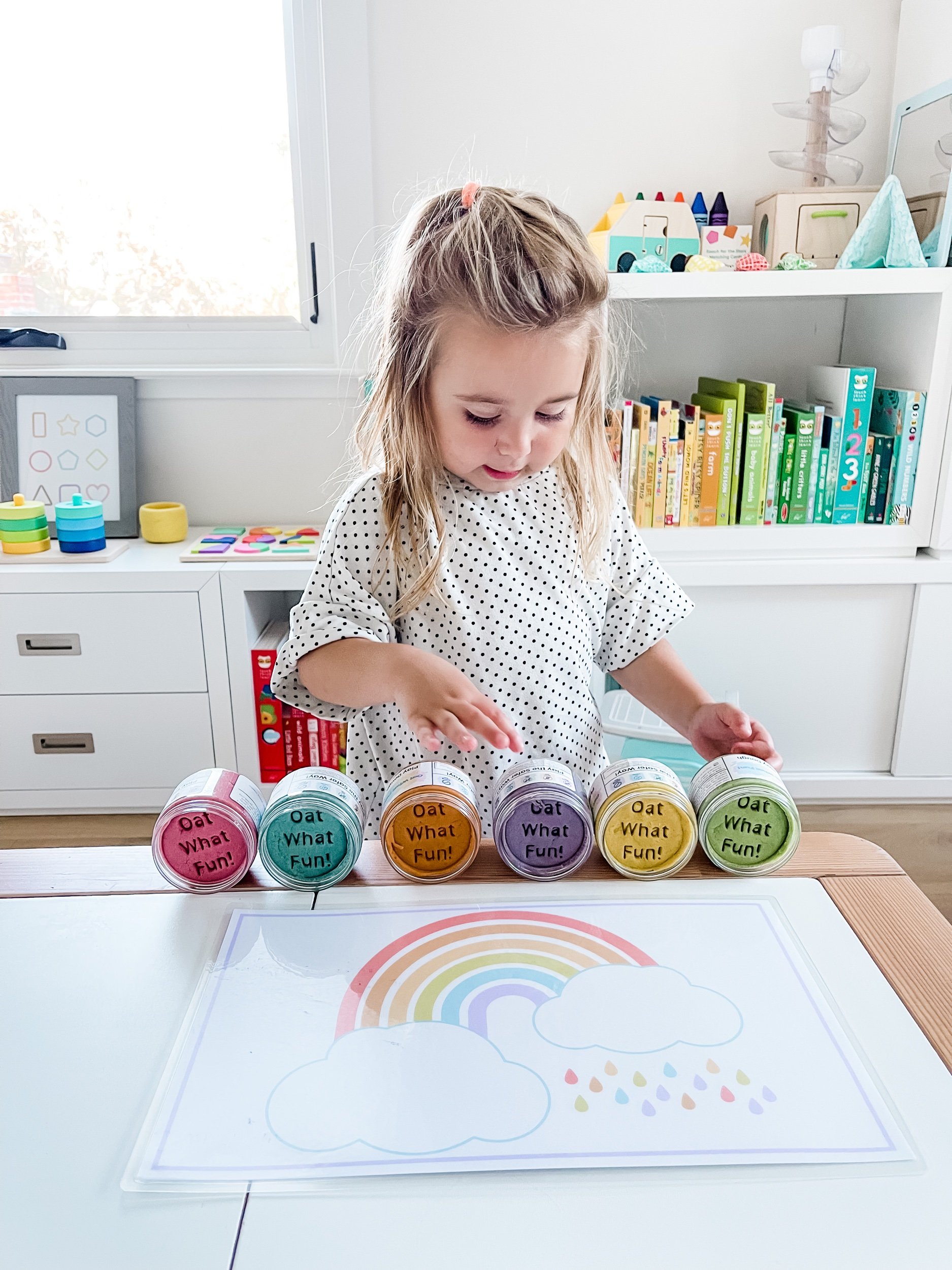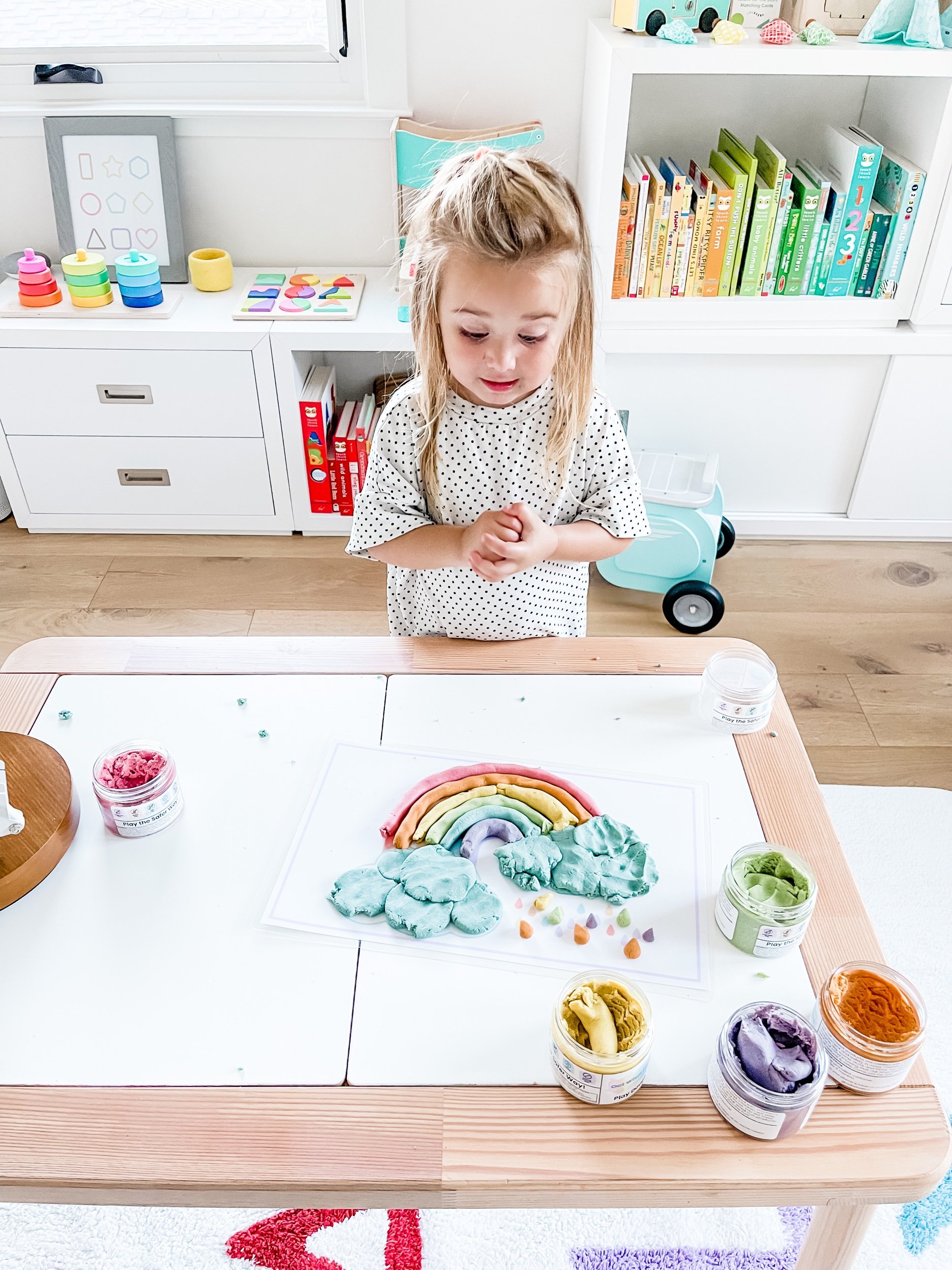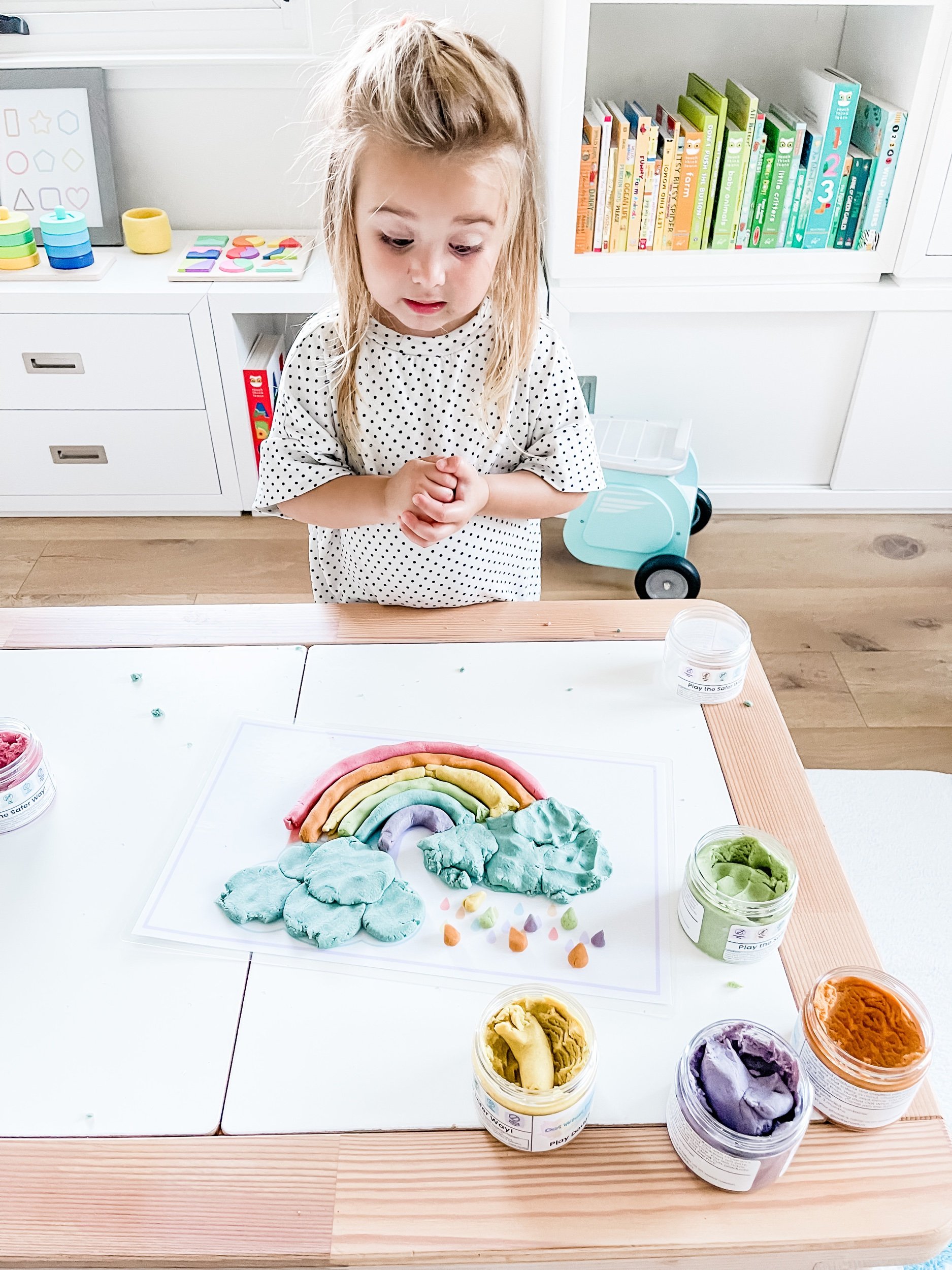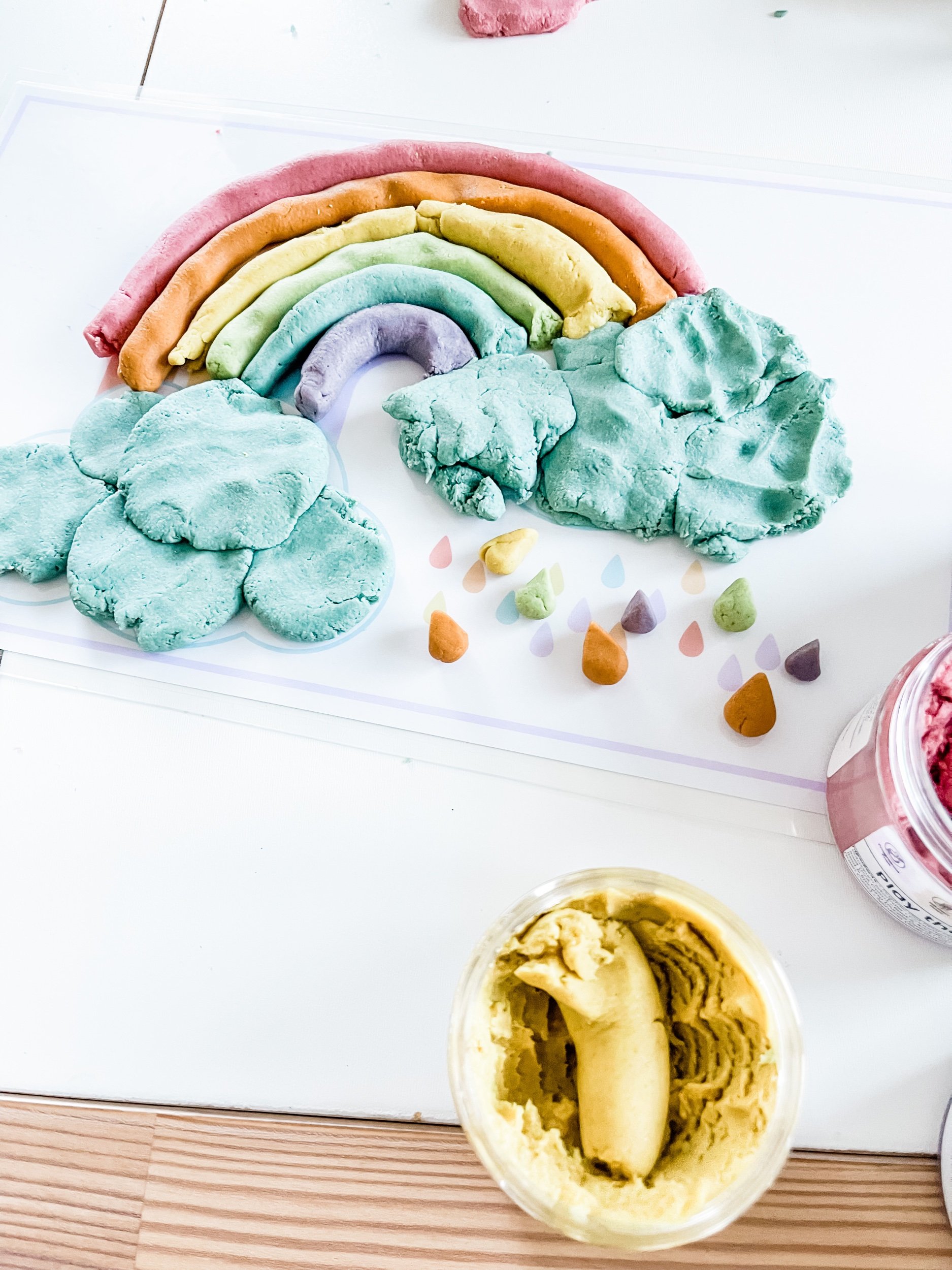Playdoh is a classic and beloved toy that has been used for generations to promote creativity, fine motor skills, and imaginative play. However, many traditional playdoh products contain synthetic ingredients and preservatives that may be harmful to children or have negative environmental impact.
An alternative to traditional playdoh is homemade playdoh made out of oats. Oat playdoh is an all-natural, non-toxic and eco-friendly option that provides many benefits for children and their families.
One of the main benefits of oat playdoh is that it is safe for children to use. Since it is made from all-natural ingredients, there is no risk of harmful chemicals or synthetic materials coming into contact with children's skin or mouths. Additionally, oats are known to be hypoallergenic, making it a great option for children with sensitive skin or allergies.
Another benefit of oat playdoh is that it is easy to make and can be customized to suit individual preferences. Oat playdoh can be made with ingredients found in most kitchens, such as oats, flour, salt, and water. It can also be flavored with natural extracts, such as vanilla or peppermint, to make it more appealing to children.
In addition, oat playdoh is an eco-friendly option, as it is made from sustainable and biodegradable materials. Unlike traditional playdoh, which can end up in landfills after being used, oat playdoh can be composted or even eaten.
Oat playdoh also promotes learning and development in children. Using it can help develop fine motor skills, hand-eye coordination, and dexterity, as well as encouraging creativity and imaginative play. Children can use it to create different shapes, models, and patterns, helping to develop their problem-solving and spatial reasoning skills.
In conclusion, oat playdoh is a safe, eco-friendly, and versatile alternative to traditional playdoh. Not only it is easy to make and customize, but it also promotes learning and development in children. It is a great option for families looking for a natural and sustainable play option for their kids.
Lesson Plan: Learning Colors of the Rainbow with Playdoh (For Toddlers)
Monday:
Introduction to the colors of the rainbow: Red, Orange, Yellow, Green, Blue, Indigo, Violet
Show flashcards of each color and have the children identify them.
Introduce the playdoh, and have each child take a small piece of the natural playdoh in different colors, and let them explore the texture and color.
Tuesday:
Review of the colors of the rainbow and their associated names.
Show a picture of the rainbow and have the children identify the colors in order.
Small group activity: Have the children work in pairs to create different shapes and patterns using the playdoh in the colors of the rainbow.
Wednesday:
Review of the colors of the rainbow and their order.
Introduce the concept of mixing colors to make new colors.
Have the children mix different colors of playdoh together to create new colors and discuss the results.
Thursday:
Review of the colors of the rainbow, their order, and the concept of mixing colors.
Hands-on activity: Have the children create a rainbow using the playdoh in the correct order of colors.
Encourage the children to use their creativity and imagination to create different designs and patterns within the rainbow.
Friday:
Review of the week's lesson on the colors of the rainbow.
Have the children share their rainbow creations with the class.
End the week with a class discussion on how understanding the colors of the rainbow can help children in their daily lives, such as recognizing different colors of fruits, clothes, and traffic lights.
Note: Each day's activities should be adjusted based on the children's age and development level. Also, activities should be adapted to include different modalities such as visual, kinesthetic, auditory, and tactile to make it more engaging for kids. Use of natural playdoh is recommended as it is non-toxic, safe and easy to clean up.


